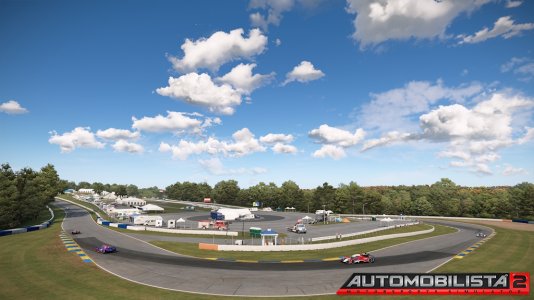Can I get some help here?
I have been experimenting with diff settings in the gearbox for the Classic Gen1 model1 F1 car.
And when I enable the Clutch LSD then I can NOT feel much difference when I lower/raise the power or coast ramp.
If I instead enables the Geared LSD then there absolutely is a difference if I change the correlating Bias Ratios Power/Coast - but because of the abrubt change in car behavioring entering/exiting a corner I would much prefer to be able to use the Clutch LSD mode.

Result

I have been experimenting with diff settings in the gearbox for the Classic Gen1 model1 F1 car.
And when I enable the Clutch LSD then I can NOT feel much difference when I lower/raise the power or coast ramp.
If I instead enables the Geared LSD then there absolutely is a difference if I change the correlating Bias Ratios Power/Coast - but because of the abrubt change in car behavioring entering/exiting a corner I would much prefer to be able to use the Clutch LSD mode.
Result












